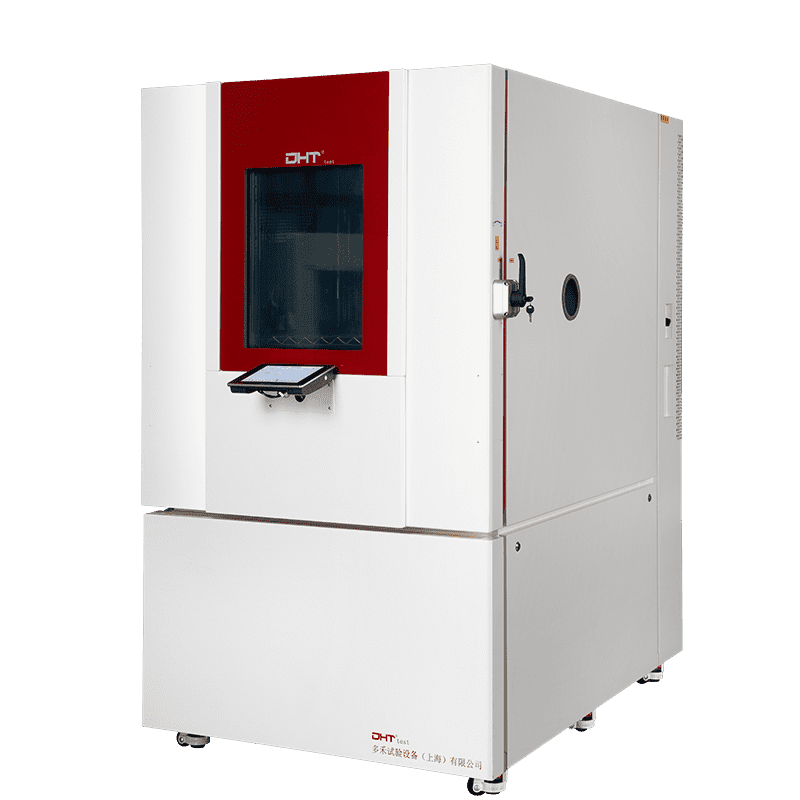“Last week, a leading new energy vehicle manufacturer suffered a major loss—its newly purchased battery test chamber failed to maintain temperature during a -40°C simulation, rendering test data from 200 battery packs invalid. Even worse, the supplier refused compensation, citing ‘compliance with basic specifications’…”
As global demand for battery testing surges, similar incidents are becoming increasingly common. As a technical advisor with 15 years of experience in Umwelttestgeräten, I’m here to uncover three critical procurement mistakes—and how to avoid them—so you can secure a truly reliable battery test chamber without breaking your budget.
Mistake 1: Chasing Low Prices While Ignoring Total Cost of Ownership
When comparing quotes like “$200,000 vs. $280,000,” many buyers focus on price alone—overlooking hidden long-term costs:
-
Energy inefficiency: Low-end compressors can consume 40% more power at -40°C. At industrial electricity rates, the excess energy cost over two years can easily outweigh the initial price difference.
-
Wartung traps: Some low-cost chambers use non-standard evaporators to cut costs. Repairs require overseas parts, resulting in downtime losses of $8,000 per day.
-
Shortened service life: Independent tests show that compliant battery test chambers offer corrosion-resistant enclosures with lifespans over 15 years, compared to just 6–8 years for stripped-down alternatives.
Solution: Use the LCC (Life Cycle Cost) model to calculate true cost:
Procurement Cost + (Annual Energy Cost × 10) + (Estimated Maintenance × 15) + (Downtime Cost × Failure Rate)
Mistake 2: Trusting Stated Specs Without Validating Real-World Performance
In battery testing, false data is more dangerous than equipment failure. Here’s how spec-sheet illusions can derail your testing:
-
Spec manipulation: “±0.5°C uniformity” often refers to no-load conditions. Once loaded with battery modules, real variation can exceed ±2.5°C.
-
Underspecified dynamics: A chamber might claim 5°C/min temperature ramp rate but drop to 2.3°C/min under full load.
-
Missing safety features: During thermal runaway tests, insufficient explosion resistance can lead to toxic gas leaks. Chambers compliant with UL 9540A require dual-stage pressure relief.
Bewährte Praktiken:
-
Step-load demonstration: Ask vendors to demonstrate ramp performance at 25%, 50%, and 100% load.
-
Third-party calibration: Place K-type thermocouples at all corners and center points to validate full-chamber uniformity.
-
Sicherheit audit: Ensure the chamber includes battery-specific protections like short-circuit-proof terminals and epoxy-coated airflow ducts.
Mistake 3: Overlooking Customization Needs That Directly Impact Test Validity
When a salesperson claims “our standard model is all you need,” be cautious. Battery testing is highly scenario-specific:
-
Humidity control gaps: Lithium-metal battery testing often requires <1% RH, but many standard models bottom out at 10% RH.
-
Einhaltung issues: One case involved electromagnetic interference from the chamber causing BMS data errors.
-
Limited scalability: Lack of modular design means later upgrades—like nail penetration modules or gas analysis ports—may be impossible.
Performance-Driven Cost Optimization Strategy
Backed by insights from 173 real-world projects, many companies have found that a well-planned, performance-first procurement strategy can significantly reduce the total cost of ownership while maintaining robust testing capabilities when investing in a battery test chamber.
Step one: Choose a modular system design. Opt for a chamber built on a modular architecture—one that includes reserved ports for liquid nitrogen cooling, compatibility with third-party data acquisition systems, and the flexibility to integrate a vibration table for future upgrade to a combined test chamber. This kind of scalable setup can save up to 30% of initial investment and eliminate the need for costly system overhauls down the road.
Step two: Align features with development stages. Tailor the configuration to your specific testing phase to avoid unnecessary over-engineering:
-
For prototype validation, focus on a reliable temperature range (-40°C to 85°C) and tight control accuracy (±0.5°C).
-
During certification testing, emphasize safety systems (explosion protection, gas treatment), and ensure full compliance with UL, GB, or IEC standards.
-
For end-of-line quality checks, prioritize fast ramp rates (≥5°C/min) and robust system reliability (MTBF > 10,000 hours), as these directly impact delivery timelines and product consistency.
Step three: Make smart use of financial tools. Consider partnering with vendors that offer performance-guaranteed leasing programs. With as little as 10% down, you can gain access to high-end equipment while paying based on actual usage (e.g., $15 per test hour). Better yet, if the equipment fails or experiences unplanned downtime beyond the agreed limits, fees are automatically reduced. This model helped one leading EV battery manufacturer cut upfront capital expenditures by 67% during the initial build-out of their testing lab.
Final Thoughts: Reliability Is Built on Insight, Not Just Specs
In today’s seemingly “homogenized” Batterietestkammer market, the real differentiator isn’t specs—it’s how well the chamber aligns with your application, test goals, and lifecycle cost expectations. Every misstep in procurement can lead to costly test failures, wasted time, or even safety incidents.
By avoiding the pitfalls of low-price traps, verifying real-world performance, defining your customization boundaries, and implementing smart technical and financial strategies, you can maximize every dollar you invest—and build a battery testing platform that’s safe, efficient, and future-ready.
DHT®. has spent over 15 years pioneering high-reliability environmental testing solutions. We specialize in helping new energy innovators get the most out of every testing dollar—with battery test chambers designed to not only “run,” but to run precisely, safely, and for the long haul.
From system selection and test condition customization to technical service and leasing options, DHT® is your trusted partner in battery testing. If you’re planning to scale up your battery validation capabilities, we welcome you to contact us for tailored recommendations and one-on-one solution support.


